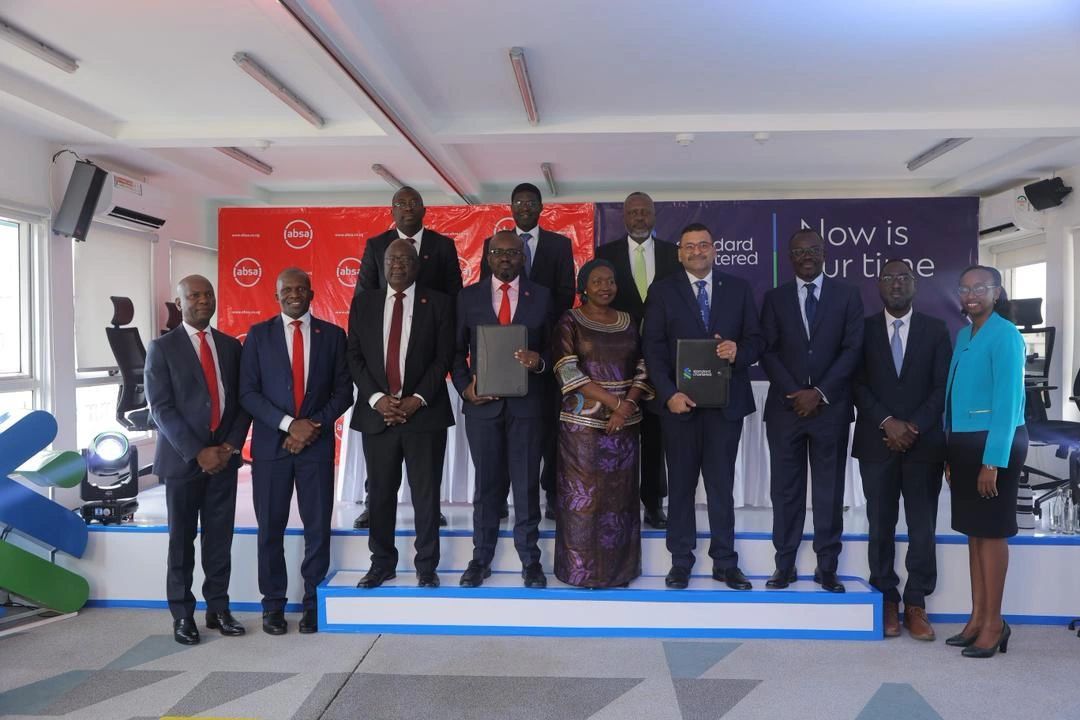In January 2025, the Financial Action Task Force (FATF), a global anti-money laundering watchdog, is set to review South Africa’s greylisting and assess the effectiveness of measures taken by the public and private sectors to address concerns related to money laundering and financial crimes. Failure to demonstrate a practical and scalable plan could result in severe economic repercussions, including reduced international capital inflows, credit rating downgrades, and negative impacts on the Rand. This situation also poses a significant threat to state-owned enterprises reliant on offshore debt capital markets for funding.
However, South Africa can learn from Mauritius, which successfully met FATF’s criteria and was removed from the grey list in just two years through focused attention and collaboration between the public and private sectors. Now, South African financial institutions face heightened scrutiny, with only 18 months to showcase an effective anti-money laundering (AML) strategy. Fortunately, advancements in technology offer sufficient time to make significant strides in reversing the greylisting.
The Achilles heel of the banking sector lies in money laundering, particularly in cross-border transactions, where banks remain vulnerable. Shockingly, despite the government estimating that R35bn-R143bn is laundered through local financial institutions annually, only 1% of these funds are recovered.
To effectively combat financial crime, banks must address the root cause: identity verification. Ensuring that individuals conducting transactions are who they claim to be is crucial. As digitalization continues to grow, the urgency to counter cybercrime becomes paramount. A report by Interpol predicts a substantial increase in crimes like ransomware and phishing attacks in the coming years, rendering traditional verification technologies, such as one-time passwords, obsolete and insecure.
Digital security threats pose a significant challenge, with two categories of concern: presentation attacks and digital injection attacks. Presentation attacks involve the use of photos or videos to deceive identity verification systems, while digital injection attacks introduce synthetic imagery through techniques like “deepfakes” or “face swaps.” The increase in these attacks demands new, robust methods to prove identity and prevent money laundering and cyberattacks.
In preparation for the 2025 review, financial institutions must fortify their anti-money laundering systems and processes. A crucial aspect is the use of “liveness” in authentication, which confirms the presence of a genuine human being on the other end of a transaction. This approach makes it harder for cybercriminals to forge identities and facilitates safe and verifiable transactions.
Several South African banks have already taken proactive steps, partnering with companies like iiDENTIFii to enhance their digital identification and onboarding processes. The implementation of 4D Liveness technology, resistant to deepfake and replay attacks, has shown promise in strengthening security measures.
To reverse South Africa’s greylisting within the given timeframe, financial institutions and the government must prioritize infallible, sophisticated biometric authentication within the country’s financial services infrastructure. This should not be merely a response to the greylisting but a strategic imperative in an increasingly digitized economic climate fraught with cybersecurity risks. Demonstrating the ability to combat threats globally could instill confidence in both overseas investors and local customers alike. The window of opportunity is clear, and concerted efforts can pave the way for a successful outcome in the fight against money laundering and financial crimes.












I don’t think the title of your article matches the content lol. Just kidding, mainly because I had some doubts after reading the article.
cheap amoxil generic – https://combamoxi.com/ buy amoxicillin cheap
order fluconazole sale – site fluconazole 100mg pill
order cenforce online – https://cenforcers.com/# buy cenforce 100mg online cheap
how much does cialis cost per pill – fast ciltad cialis bodybuilding
Cialis Online Access – Trusted Solutions for Men’s | Tadal Access – https://strongtadafl.com/ cialis online without a prescription
zantac 300mg canada – https://aranitidine.com/# order generic ranitidine
can you buy viagra boots – strongvpls herbal viagra for sale
I couldn’t resist commenting. Adequately written! como se toma synthroid 50mg
With thanks. Loads of knowledge! prednisone allergic reaction
This is the make of post I unearth helpful. https://ursxdol.com/prednisone-5mg-tablets/
This website exceedingly has all of the tidings and facts I needed adjacent to this participant and didn’t know who to ask. https://prohnrg.com/product/atenolol-50-mg-online/
This is the make of advise I unearth helpful. https://ondactone.com/spironolactone/
This is a topic which is in to my fundamentals… Diverse thanks! Quite where can I notice the connection details an eye to questions?
https://proisotrepl.com/product/clopidogrel/
This website positively has all of the tidings and facts I needed there this participant and didn’t know who to ask. http://www.orlandogamers.org/forum/member.php?action=profile&uid=29105
Thanks towards putting this up. It’s okay done. http://www.gtcm.info/home.php?mod=space&uid=1169206
t62ai6
My coder is trying to convince me to move to .net from PHP.
I have always disliked the idea because of the costs.
But he’s tryiong none the less. I’ve been using WordPress on a variety of websites for about a year and am anxious about switching
to another platform. I have heard excellent things about blogengine.net.
Is there a way I can transfer all my wordpress content
into it? Any kind of help would be really appreciated!
I don’t even know how I ended up here, but I thought this post was great.
I do not know who you are but certainly you are
going to a famous blogger if you aren’t already 😉 Cheers!
You can conserve yourself and your family nearby being cautious when buying pharmaceutical online. Some druggist’s websites control legally and provide convenience, privacy, sell for savings and safeguards to purchasing medicines. buy in TerbinaPharmacy https://terbinafines.com/product/motrin.html motrin
Thanks on putting this up. It’s evidently done. TerbinaPharmacy
More posts like this would make the blogosphere more useful.
Simply wish to say your article is as surprising. The clarity to your put
up is just nice and that i can assume you’re a professional in this subject.
Well with your permission allow me to take hold of your RSS feed to stay up to date with coming
near near post. Thanks a million and please keep up the rewarding work.
Woah! I’m really enjoying the template/theme of this blog.
It’s simple, yet effective. A lot of times it’s very hard to get that “perfect balance” between superb usability and visual appearance.
I must say that you’ve done a superb job with this. Also, the blog loads super fast for me on Internet
explorer. Superb Blog!